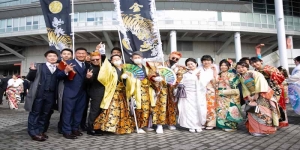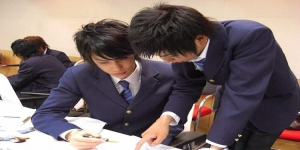Overview on the Origins of Japanese
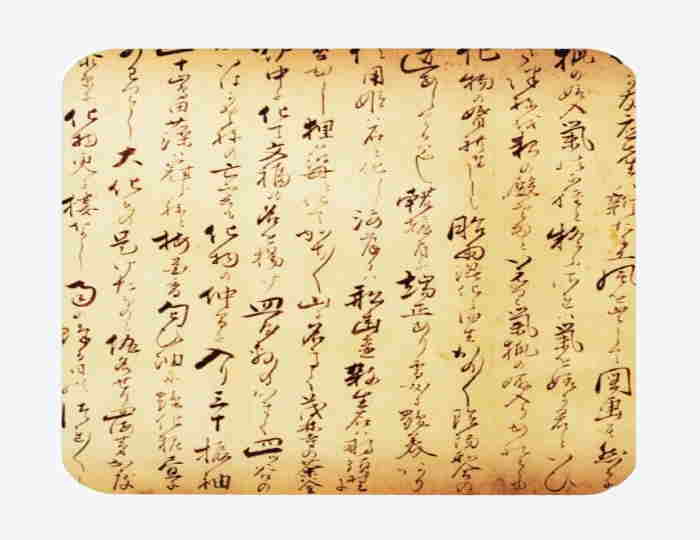
Before going into the historical path of Japanese, we will illustrate its most important phases, it is useful to take a look at the periods that characterized its birth, development and its affirmation in a country that initially had a spoken language but lack of the written part.
The periods mentioned above are the same ones that have marked the historical and social history of Japan since its inception:
Until the Nara period (up to 710) 奈良 時代 or Jodai 上代
Nara period (710-794) 奈良 時代
Heian period (794 - 1185) 平安 時代 or Chuko 中古
Kamakura period 鎌倉 時代 (1192 - 1333);
Muromachi period 室町時代 (1333 - 1603);
Edo period (1603 - 1867) 江 戸 時代 or Kinsei 近世
From the Meiji period (1868 -) 明治 時代 or Kindai 近代
A further subdivision can be made following the periods:
Chusei 中 世 (Kamakura / Muromachi period)
chusei zenki 中期 前期 chusei koki 中 世 後期
kinsei zenki 近世 前期 kinsei koki 近世 後期
We can also develop a subdivision based on the linguistic characteristics that have developed or consolidated over time:
Kodai 古代 (- 1392) until the Nanbokucho period
Kindai 近代 (1392 -)
Kodai 古代 (- 1086)
Chūsei 中 世 (1086 [from the Insei period] - 1603)
Kindai 近代 (1603 -).
Kodai 古代 (Heian period)
Kindai 近代 (Edo period)
Gendai 現代 (from the Meiji period included onwards)
The origins of the Japanese contemplate various theories, those that we present can be considered as the most reliable compared to the many that run.
The Ainu theory.
Not very convincing at first sight because the Ainu populations are of Caucasian descent and therefore no direct link with the Japanese. They had a language quite different from archaic or modern Japanese.
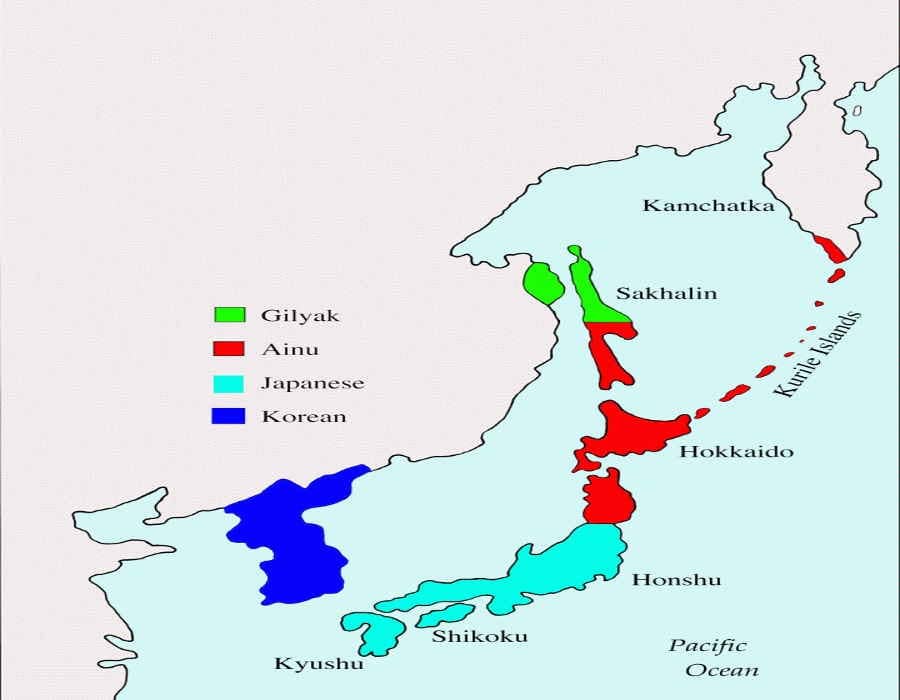
But later studies have shown, even if there is not yet a certain conclusion, that the Korean, Japanese and the ainu compared to some words show to be "genetically related", even if everything is still under investigation .
Australian / Polynesian theory.
This theory sees Polynesian languages as the possible roots of Japanese. This hypothesis is part of those accepted by the academic world. The first contemplates the presence of an Austro-Polynesian base plus a high-base, while the other theory states that Japanese is a basically Austro-Altaic hybrid language.
Northern theory.
This theory seems to have the favor of all linguistic scholars and sees Japanese having many affinities with Korean, Chinese and Ural-Altaic languages.
Altaic theory.
The languages that are most related to Japanese seem to be the Altaic languages, even if the populations linked to these languages have left no written documents on which they can be based.
These populations, starting from central-northern Asia, with their migrations arrived in Central Asia and there divided into different sub-groups and some of these arrived on the Korean peninsula and then on to the Japanese islands. The characteristics that unite it to the Japanese are the following:
Ural-Altaic
Vocal harmony; Absence of articles, prefixes and presence of suffixes;
Agglutination process; Plural not always indicated;
The category of the genre is unknown;
The query is formed by adding a final particle;
The genitive (owner) always precedes the nominative (possessed);
The attributive adjective always precedes the name to which it refers and remains unchanged;
Scarcity of the process of subordination in favor of the juxtaposition;
In general, what is accessory must precede what is principal.
Instead, the characteristics that the Japanese has in common with the Altaic languages are:
There are no consonant groupings in the initial position;
There are no articles, neither indefinite nor definite;
There is no grammatical gender;
Verbal conjugation different from that of the Indo-European languages;
Many particles used as grammatical terminations in verbs (agglutination process);
The modifiers are placed before the modified.
Entering in the specific we can identify some features that assimilate, or diverge from the Japanese:
Diversity: While the Japanese has only open syllables 開 音節 with the exception of / -n /, which will only develop later, in the uralo-altaic languages there are both open and closed syllables 閉 音節. There is no vowel harmony in Japanese and many particles common to Ural-Altaic languages are missing. Unlike the Altaic languages, Japanese has no dakuon sounds at the beginning of the word. These highs are supposed to have been transformed into ancient Japanese in syllables that began for / w /, o / y / o by vowel.
Phonetic similarities: polysyllabic words and polysyllabic roots, absence of consonantal groupings at the beginning and at the end of the word, absence at the beginning of the word of / r / and often also of / l /. The absence of vowel harmony is often explained as a result of the influence of other languages. However, one of the greatest difficulties in relating Japanese to Altaic languages comes from the fact that while in ancient Japanese there were only open syllables, in closed languages the closed syllables are frequent. In short, the Japanese phonetic system is simpler and poorer than that of most of the Altaic languages.
Lexical similarities: ancient Japanese has much in common with Korean and other Altaic languages. Similar words for the parts of the body, natural phenomena, colors, animals, plants, tools, weapons, articles of clothing, etc. The ancient Japanese has in common more than 300 roots with Korean and 250 with the Middle Mongolian. Similarity also with the ancient Turkish, modern Turkish and tunguso-Manchu languages. The words of agriculture came in Japanese from the Altaic languages.
Syntactic similarity: complete identity on the syntactic level. SOV structure, rectum ante regens, prevalence of coordinated sentences on subordinates, absence of relative pronouns.
Morphological and grammatical similarities: Same type of word formation through suffixes (agglutination). Use of agglutinative suffixes for declinations. Similarity in the suffixing of cases. Also the suffixes of place and motion to place are similar. Similarity in pronouns.
Verbal System Comparison: Important some similar forms of the Japanese negative that finds parallels in Turkish. Verbs of "being": aru あ, woru を, wiru ゐ have affinity with the corresponding high notes.
Among the academics there is also a lively discussion about the possible kinship that unites the language of the Ryūkyū islands (between the island of Kyūshū and Taiwan), called ryūkyūgo.
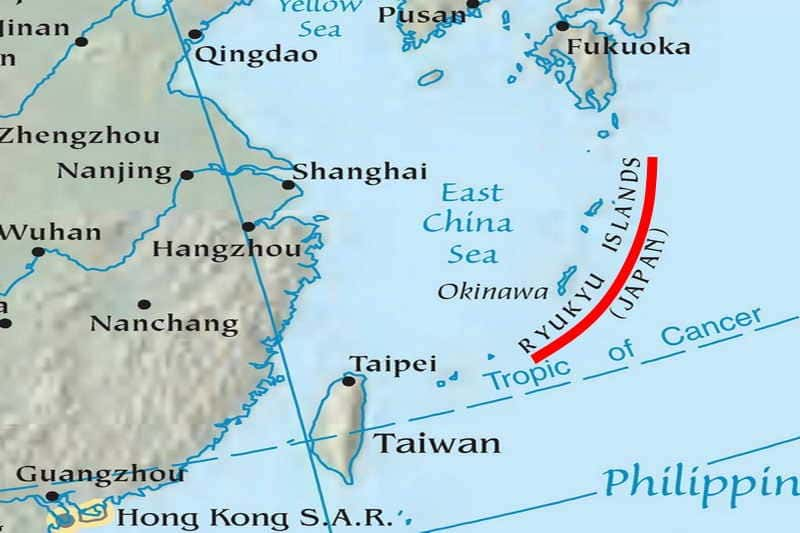
It is irrefutable that this language is closest to Japanese, even more than Korean, and that this kinship is narrow, but doubts must be considered about the fact that this language can be considered independent of Japanese rather than its dialect. Certainly, language or dialect, ryūkyūgo provides linguists with valuable information about the archaic stages of Japanese.
To conclude we can affirm that the most accredited theory at the moment remains that of the Japanese as "hybrid language", that is composed of an Austronesian layer and a superstrate of the Altaic, without forgetting that the history of this language is not yet complete.

 English (United Kingdom)
English (United Kingdom)  Italiano (it-IT)
Italiano (it-IT) 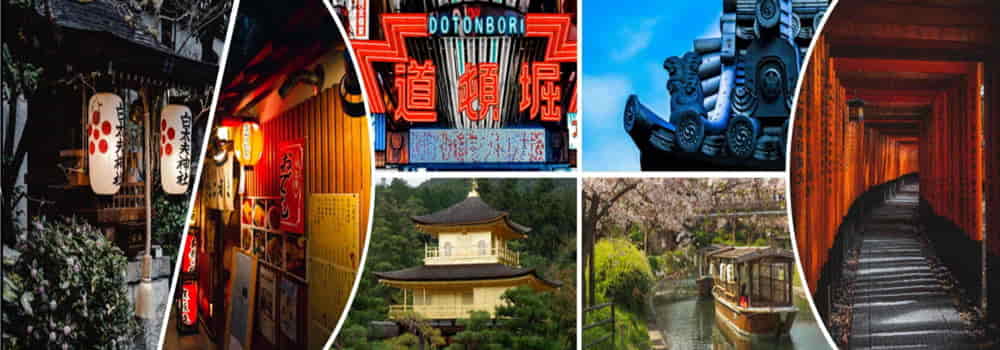
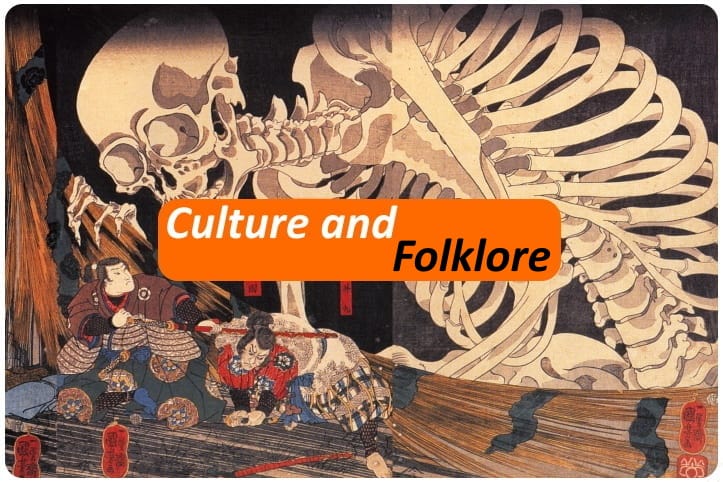
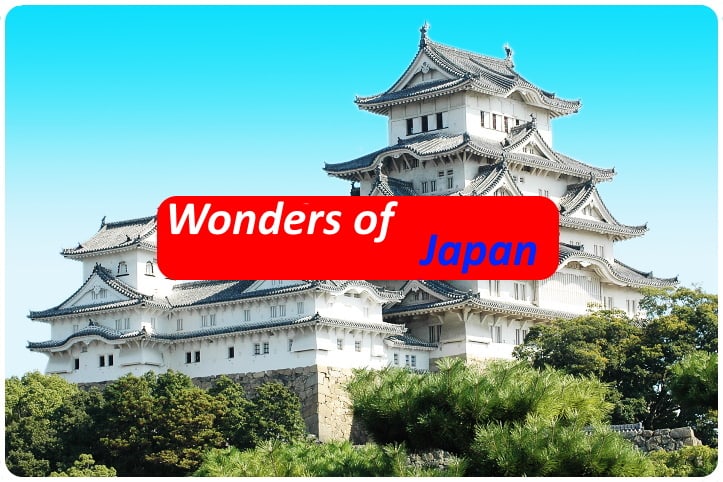

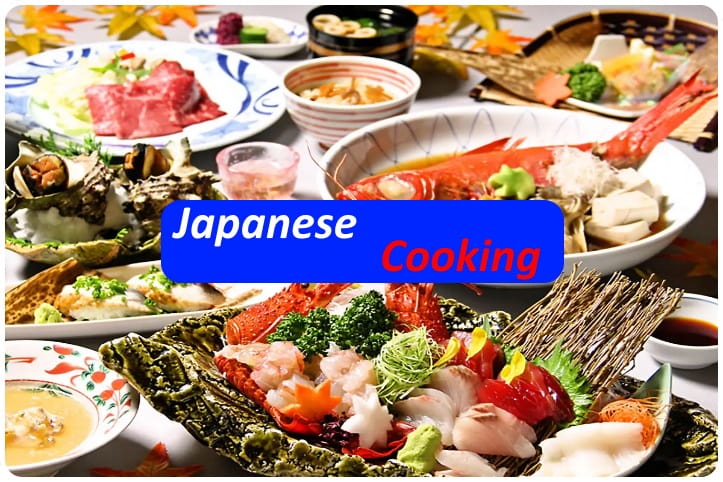


![[Review] Princess Toyotomiプリンセス トヨトミ](https://www.fukainihon.org//cache/mod_jt_contentslider/fdfb524f85518b9476158c79c8ea022f_328.png)

